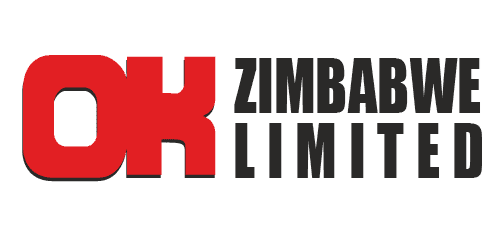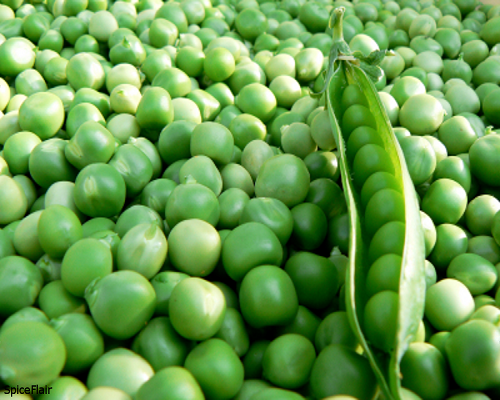Trade deficit widens by 124 percent
ZIMBABWE’s trade deficit gap widened by nearly 124 percent in February 2025, with economic experts attributing the development to the drop in the prices of the platinum group minerals (PGMs) globally, which weighed on exports.
Given Zimbabwe’s dependency on mineral exports, the global PGMs price downturn has affected the whole economy, resulting in a decrease in exports, hence the trade imbalance.
PGMs are one of Zimbabwe’s largest exports and the second biggest mineral shipment after gold.
Together, the two minerals account for more than half of the country’s total exports.
Official figures from ZimSats reveal that in February, Zimbabwe’s exports decreased by 21,4 percent from US$652 million recorded in January 2025 to US$512,6 million.
The statistics show that imports for February 2025 amounted to US$730,3 million, a decrease of 2,5 percent from US$749,2 million recorded in January 2025, with the February 2025 trade deficit being US$217,7 million, translating to a 124,2 percent increase from US$97,1 million in January 2025.
Confederation of Zimbabwe Retailers (CZR) president, Dr Denford Mutashu, said Zimbabwe’s reliance on mineral exports, including PGMs, meant the economy was exposed to volatile commodity markets.
“The 124,2 percent surge in Zimbabwe’s trade deficit in February 2025 reflects deeper systemic vulnerabilities, compounded by a sharp decline in global PGMs prices, a critical revenue driver for the nation,” said Dr Mutashu.
“The recent slump in global PGM prices, driven by weakened industrial demand and oversupply, has eroded export earnings, directly impacting foreign currency inflows.
“This, coupled with power supply challenges, has escalated domestic production costs. Frequent electricity shortages force industries to rely on costly diesel generators, undermining competitiveness and deterring investment.”
To mitigate these challenges, CZR emphasised a multi-pronged strategy.
Dr Mutashu said there was a need to diversify export portfolios beyond PGMs by revitalising agriculture, textiles, and value-added manufacturing to reduce dependency on volatile commodities.
He also said there is a need to address energy instability through accelerated investment in renewable energy infrastructure like solar, pointing out that rehabilitating the national grid is critical to lowering production costs.
“Import substitution policies must prioritise local production of essential goods, supported by tariffs on non-essential imports,” he said.
“Collaborative efforts between policymakers, industry stakeholders, and energy providers are imperative to stabilise trade dynamics and foster sustainable economic resilience.”
Confederation of Zimbabwe Retailers (CZI) chief economist, Dr Cornelious Dube, said exports represent an ability to be competitive in the international market.
He said that if exports increased, it would mean that Zimbabwean firms were penetrating global markets, demonstrating success in outcompeting exporters from other countries for the same products being offered.
“The decrease in exports also means that firms are struggling to be competitive. This means that the decrease in exports in February 2025 compared to February 2024 (instead of comparing with January 2025) should make us worried as a country,” said Dr Dube.
“It could be a signal that our firms are becoming less competitive in the global market and with the advent of the African Continental Free Trade Area (AfCFTA), we have reason to be worried.
“The widening of the trade deficit only underlines this problem. It means that our ability to satisfy international markets is declining, and our demand for foreign goods is still high.
“This means that our foreign currency holdings are under threat as more foreign currency is used to import goods than the foreign currency we generate.”
He said that unless other foreign currency inflow sources, such as remittances and incomes from Zimbabweans in the Diaspora, increase to offset this, the net foreign currency position of the country could come under threat.
Among the top 10 products exported in February 2025, according to ZimStat, were semi-manufactured gold (42,3 percent), tobacco (15,8 percent), and nickel mattes (13,2 percent).
The country also imported 20,5 percent mineral fuels, 14,2 percent machinery and mechanical appliances, 10 percent cereals, and 8,5 percent vehicles among the top ten products imported in February.
“Among the country’s major export destinations in February 2025 were the United Arab Emirates (42,6 percent), South Africa (23,3 percent) and China (19,3 percent),” said Zimstart.
“Among the major source countries for imports in February 2025 were South Africa (37,7 percent), China (16,9 percent), the Bahamas (10,7 percent) and Singapore (3,4 percent).
“The four countries accounted for around 69 percent of the total import value of US$7303 million.”-ebsienssweekl











